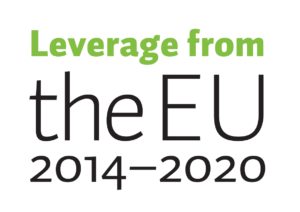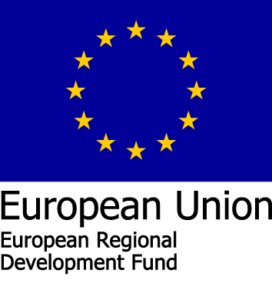Home ⟩ Research ⟩ Research Projects ⟩ New Regional Circular-Economy Promoting Co-operation and Bio-Cover Practices in Arctic Mine Tailings
New Regional Circular-Economy Promoting Co-operation and Bio-Cover Practices in Arctic Mine Tailings
- Project research area
- Geoenvironment Circular Economy of Minerals
- Project duration
- 01.10.2020 - 30.06.2023
Introduction
Covering and landscaping of mine waste areas needs further development especially in Arctic conditions. The greatest risk to the surrounding environment is caused by acidic and metal rich effluents in reactive mine wastes. In this project we investigate if this risk can be reduced by using compost, ash (as a fertilizer), biochar (improving retention of water and retaining metals) and tolerant/resistant plant species in the final cover of mine tailings. We suppose that developed cover provides a good growth medium for plants, retains water, prevents wind and water erosion, increases evapotranspiration, reduces oxygen flow to mine waste layers and further prevents the oxidation of sulphide minerals.
There is an urgent need for recycling the increasing amounts of organic by-products and wastes from households, energy plants and industries. Climate change mitigation and promotion of circular economy are also among the most important objectives of the municipal strategies in Lapland. Additionally, an interest in eco-business has increased during the last few years. In general, various organic biomasses like forest harvests, municipal wastes and sewage sludge can be processed to produce biochar and ash. However, as the feedstock material has a large impact on the quality of the end product, further research is needed. During this project, functionality of by-products, biochar and ash in covering and revegetating mine tailings is investigated in several laboratory, greenhouse and field experiments.
This project promotes the Arctic circular economy by improving the use of local organic by-products and wastes, as well as their end products – biochar and ash – in covering mine wastes in Lapland. We will connect several operators to establish value chains, starting from the by-product/waste producers and ending to the landscape practitioners in mining waste and tailings sites. The economy, legislative restrictions and environmental impacts that drive the developed value chains will be investigated.
Our aim is: 1) to improve the preservation and landscaping of tailings and other mining waste areas using organic side and waste streams, biochar and ash; 2) to develop regional operation models for processing, transporting and using by-product/wastes in mining waste covers; 3) to choose solutions based on the knowledge of the accumulation of mine wastes metals on vegetation; 4) to acknowledge the present legislation to support the developed operation models.


